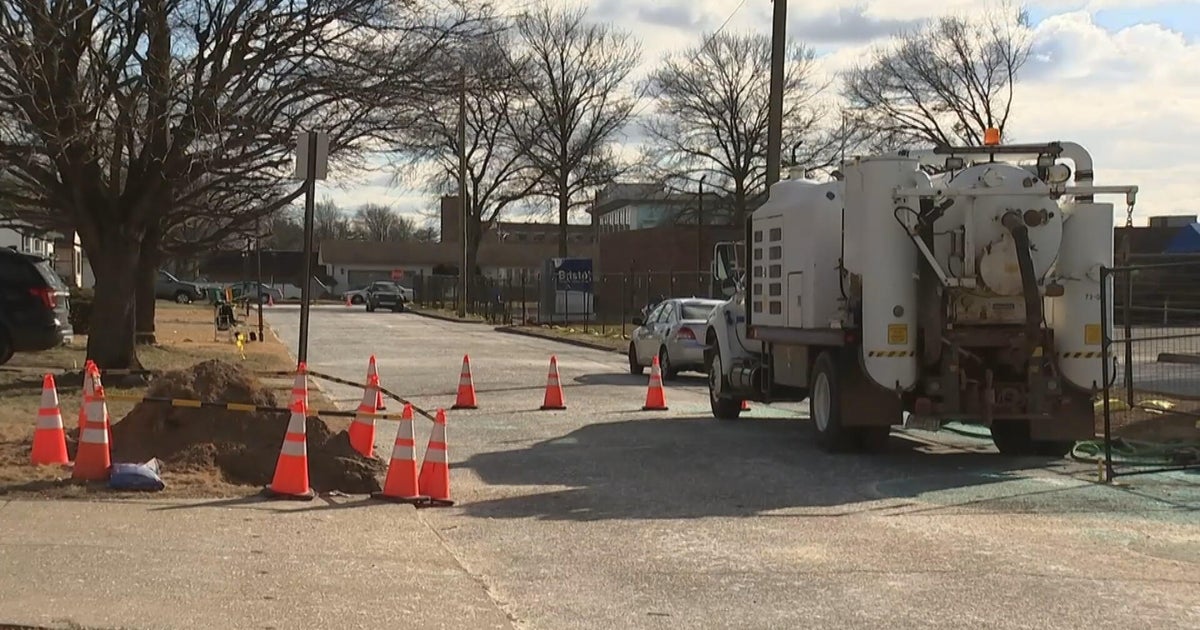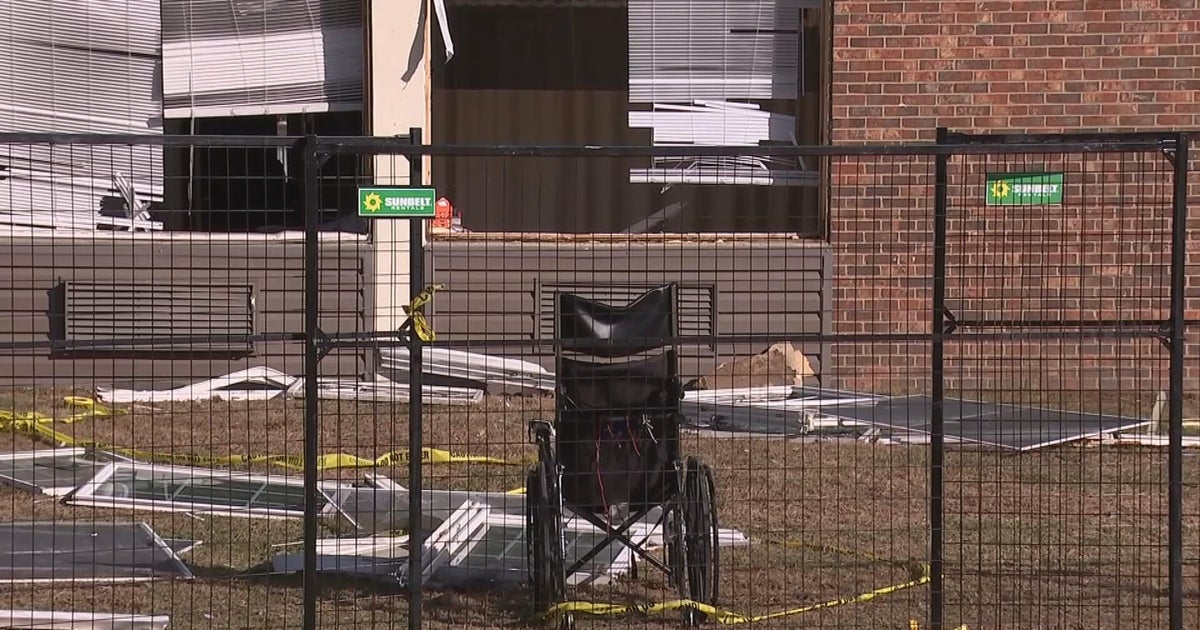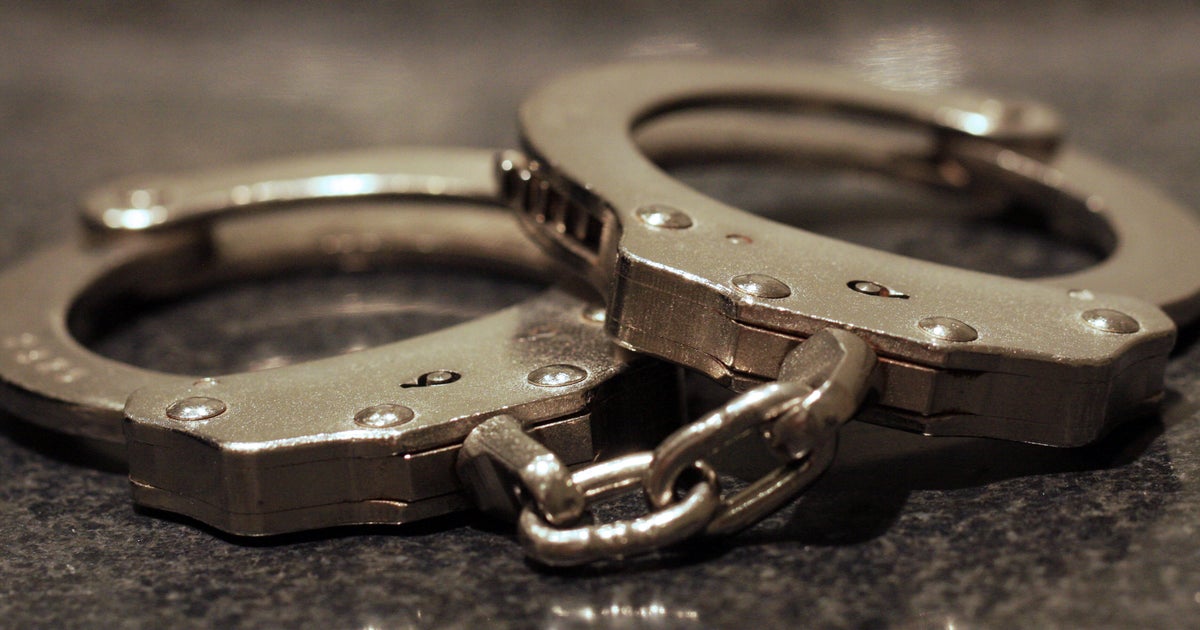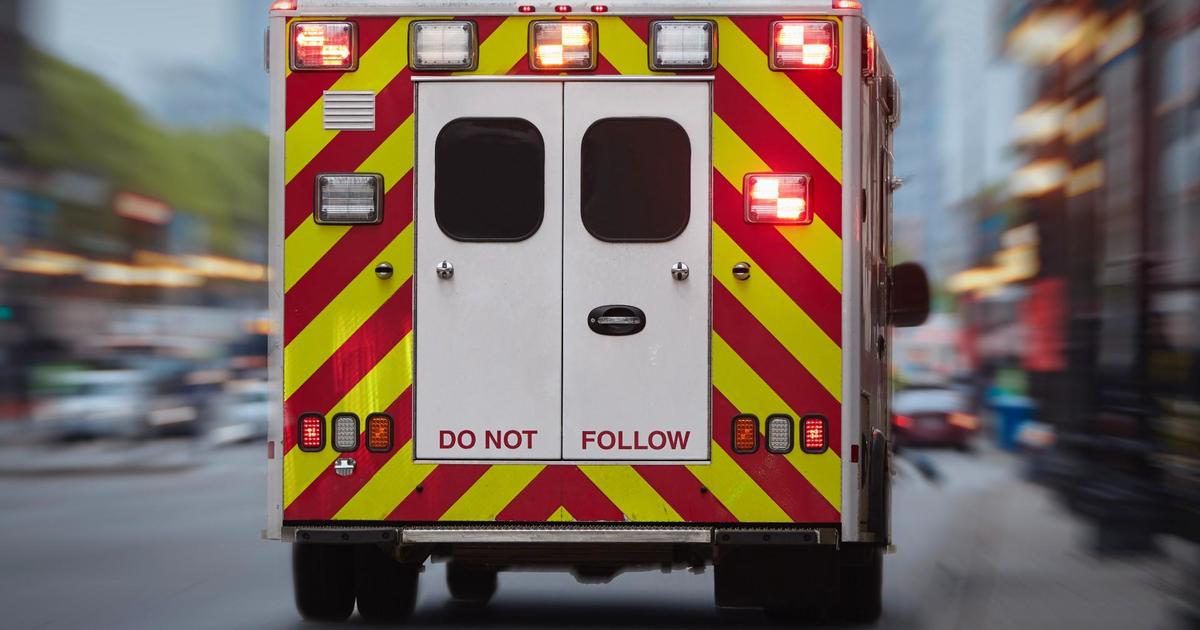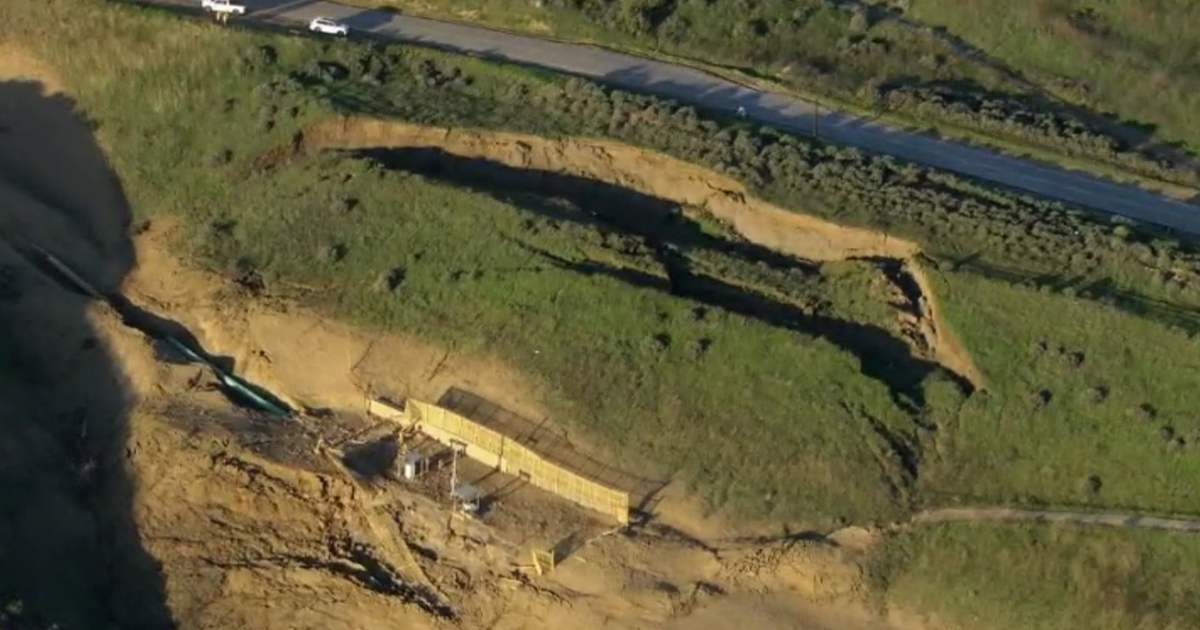NTSB Blames Deadly East Harlem Explosion On Gas, Sewer Lines
NEW YORK (CBSNewYork/AP) -- The National Transportation Safety Board met Tuesday to discuss the deadly gas explosion that destroyed two five-story buildings and killed eight people in East Harlem last year.
Federal investigators said a poorly welded joint in a Con Edison gas line and a break in an old city sewer line were the likely causes of the blast.
They say the joint's weakness was exposed when the soil beneath it was undermined by the sewer break.
NTSB Blames Deadly East Harlem Explosion On Gas, Sewer Lines
The agency had reported earlier that it had found a leak in a cast iron gas main from 1887. The report also found that the 69-foot plastic pipe segment had not been tested to federal specifications because New York regulations exempt it. The NTSB had also been examining whether leaks from sewer or water mains could have caused earth to settle, compromising the gas main.
PHOTOS: East Harlem Explosion | The Day After
Sections of the pipe and a cracked section of an 1897 water main had been shipped to the NTSB lab in Washington for further examination.
The panel also issued a finding that the failure of a dispatcher to make a follow-up call to the Fire Department of New York may have prevented a partial evacuation of the two buildings that were destroyed.
Gas utility Con Edison filed a lawsuit last week blaming the blast on city negligence in maintaining streets, sewers and water mains. The city denies responsibility.
As CBS2's Emily Smith reported, some of the 11 page allegations include blaming the city for neglecting the ground around the building which caused physical damage to the gas facilities.
"The New York City Department of Transportation was informed of depressions and cave-ins in the roadway at Park Avenue between East 116th and East 117th streets multiple times over several years, including the week prior to the incident," Con Ed claimed.
Con Ed says the broken sewer was responsible. The city says the sewer finding "appears unsupported by the facts.''
The sudden explosion rocked the neighborhood on March 12, 2014 about 15 minutes after someone reported smelling gas in a nearby building, authorities said.
In addition to the deaths, the explosion left more than 60 people injured and displaced more than 100 others.
"I was sleeping in my bed and something blew up and all of a sudden I thought the world was coming to an end," Robert Santiago recalled.
The scene is now marked by mementos of those who died and rubble.
The findings also suggested that safety plans failed with both the city and the utility involving communication and response, and that more work needs to be done to assure that it doesn't happen again.
(TM and © Copyright 2015 CBS Radio Inc. and its relevant subsidiaries. CBS RADIO and EYE Logo TM and Copyright 2015 CBS Broadcasting Inc. Used under license. All Rights Reserved. This material may not be published, broadcast, rewritten, or redistributed. The Associated Press contributed to this report.)
